Tom Roberts (National Gallery of Australia)
The National Gallery of Australia's summer exhibition, opened by Prime Minister Malcolm Turnbull on 2 December, is devoted to one of Australia's finest and most popular artists, Tom Roberts. This major retrospective, under the curatorship of the NGA's Anne Gray, brings together all the major paintings, many of them extracted from the permanent displays of our state and regional art galleries, as well as less familiar works, including several from private collections. The last Tom Roberts retrospective, curated by Ron Radford when he was director of the Art Gallery of South Australia, was held in 1996–97, so it is timely for a new generation to experience the full range of Roberts's art. Arts Update recalls the 1996 launch, which was opened by actor Jack Thompson, in expansive form. That AGSA exhibition toured nationally. The new exhibition will not tour, so a visit to Canberra is essential; it will also afford an opportunity to see the NGA's new hang of its Australian and international collections.
Continue reading for only $10 per month. Subscribe and gain full access to Australian Book Review. Already a subscriber? Sign in. If you need assistance, feel free to contact us.




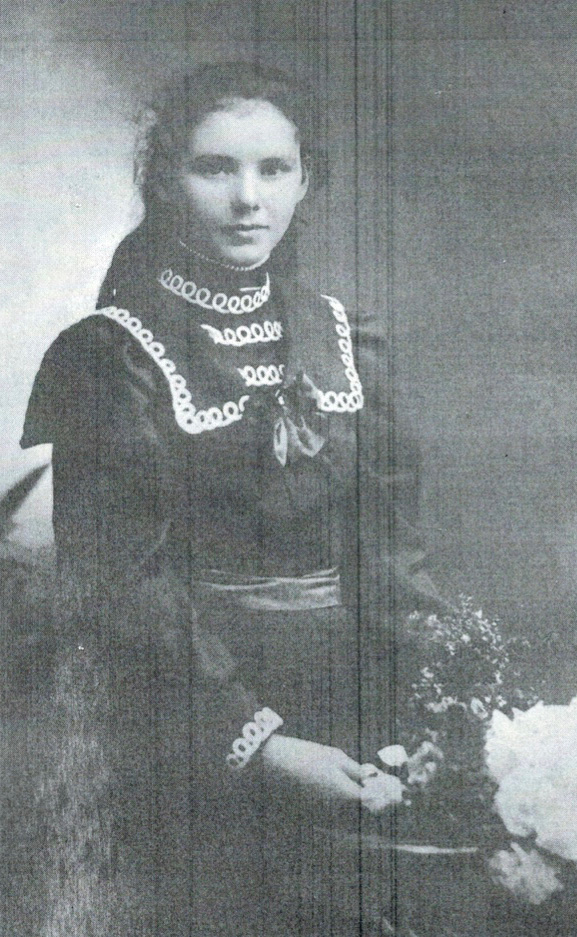
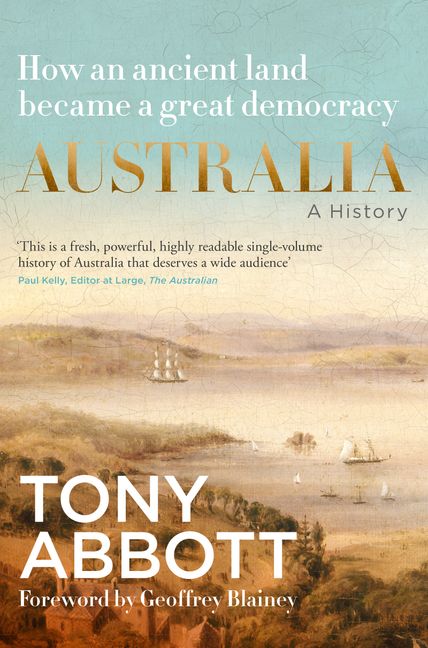
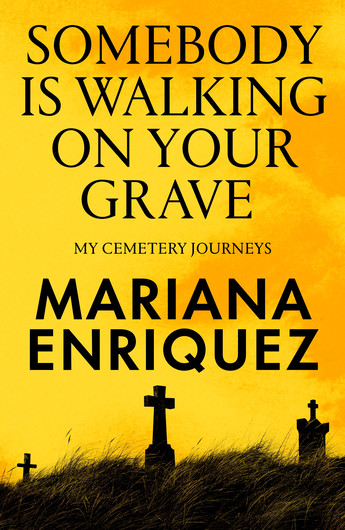
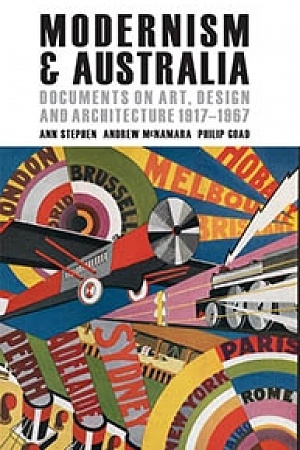
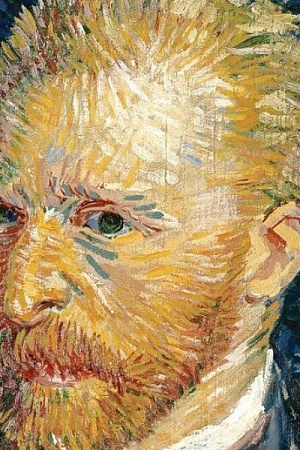
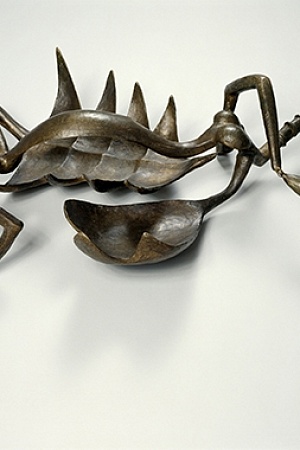
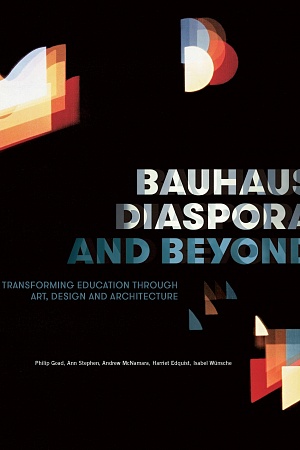
Leave a comment
If you are an ABR subscriber, you will need to sign in to post a comment.
If you have forgotten your sign in details, or if you receive an error message when trying to submit your comment, please email your comment (and the name of the article to which it relates) to ABR Comments. We will review your comment and, subject to approval, we will post it under your name.
Please note that all comments must be approved by ABR and comply with our Terms & Conditions.